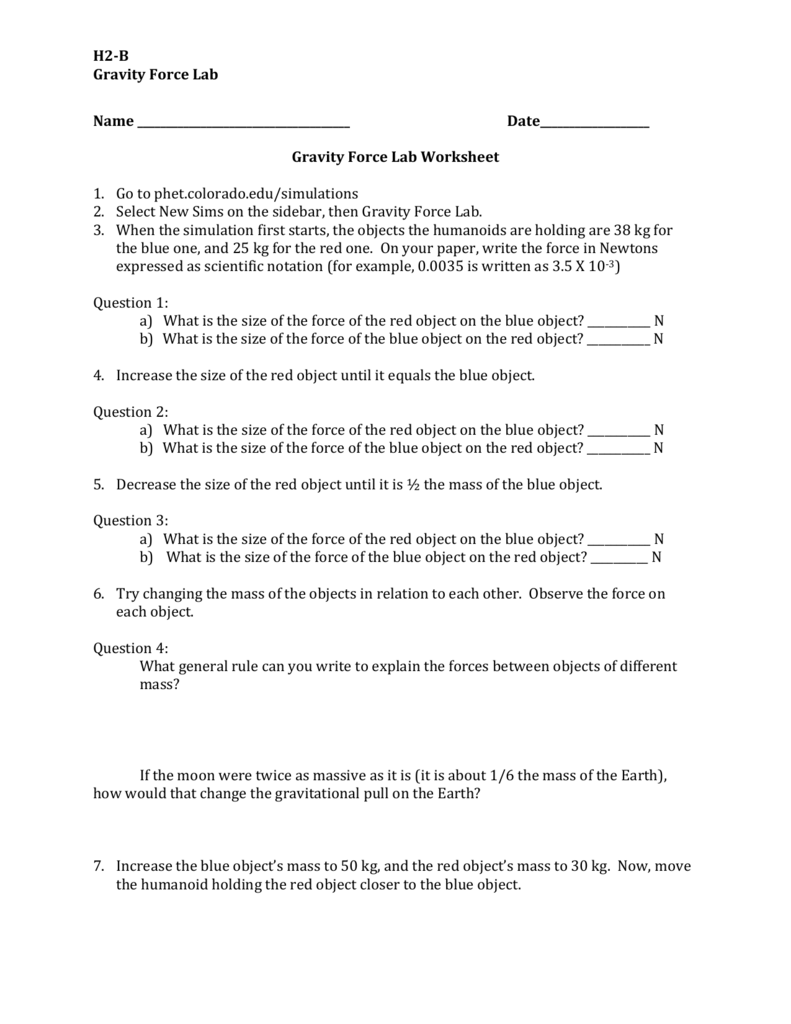

BHP Sees PotentialĪt the same time, BHP engaged in an R&D effort with Bell/Lockheed Martin to develop a unique gravity gradiometer system for mineral exploration applications (e.g., diamonds). These surveys, which began in 1994, demonstrated the ability to collect meaningful gradiometry data from a moving marine platform. (BGI) conducted the first Gulf of Mexico marine hydrocarbon surveys using the US Navy ship USNS Vanguard – and its installed FTG gravity gradiometer system. These systems incorporated the Bell Aerospace (now Lockheed Martin)-designed gravity gradiometer systems using full-tensor gradiometers (FTG) which measured all the independent gravity tensor components with accelerometers housed in three discrete instruments.Ĭommercial uses for the gravity gradiometer came to the forefront in the early 1990s, when Bell Geospace Inc.

The result of this interest was the deployment, in the 1980s, of the Gravity Sensors System (GSS) for the US Navy Fleet Ballistic Missile Submarine (Trident II) Navigation programme and the Gravity Gradiometer Survey System (GGSS) for the Air Force Geophysics Lab (AFGL). The US Air Force and US Navy and Ballistic Missile Defence Organisation (BMDO) all recognised the benefit of being able to make moving-base measurements of gravity gradients. © Xcalibur Multiphysics.įast forward to the 1970s when the need for gravity gradient measurements re-emerged – not for exploration purposes, but for assisting with missile launch and navigation functions. These became obsolete, not because they produced inferior results, but because the operational challenges were so great, and the use of spring gravity meters were easier and more efficient for the field operator.įigure 2: Improvement of noise levels with time obtained with equipment development and enhanced processing techniques. In 1930, about 125 of these instruments were in use in oil exploration worldwide. A total of four hours were required at each measurement location or station. After each rotation, one hour was required for the beams to stabilise before readings could be made. Readings were required at three instrument orientations, at 120-degree intervals, with one orientation repeated.
#Survey of the science lab 2 gravity lab portable#
The instrument had to be housed in an insulated portable hut to reduce temperature variations while mounted on an aluminium baseplate for stability.

Unfortunately, torsion balance field surveys were laborious and expensive. It is estimated that these fields contained petroleum reserves of approximately one billion barrels. Until its discontinuation in the late 1930s, the torsion balance contributed to the discovery of 79 oil fields in the Gulf coastal region of Texas and Louisiana. Improvements in torsion balance design led to the introduction of the Oertling and Askania torsion balances in the 1920s, with similar accuracy as Eötvös’s early instrument, only smaller in size. The only problem was that the measurements were very time consuming. Baron Loránd von Eötvös developed the first torsion balance instrument for field use with an accuracy of 10–9 per sec2 (this CGS unit ultimately received the name Eötvös or E).

Since the introduction of the torsion balance in the 1890s, it has been recognised that gravity gradient information is very valuable, yet difficult and time-consuming to obtain. © Xcalibur Multiphysics.īut what exactly is AGG, how does it work, and why has its application become an essential component of any exploration programme? We will try to explain it by sharing a bit of history of the development of this technology from its origins to the most recent advances. Figure.1: Digital Falcon AGG ready for installation.


 0 kommentar(er)
0 kommentar(er)
